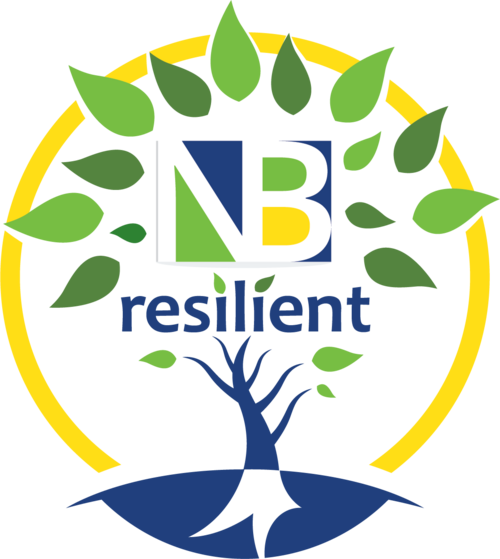Natural Resources
NB Resilient Goals
Climate change will impact New Bedford’s wildlife, open spaces, air, and water. To reduce the strain on habitats and to protect the city’s air and water quality, NB Resilient has laid out four goals:
- Reduce air, water, soil, noise, and light pollution.
- Take an integrated water resource management approach that considers the needs of the natural water ecosystem, human water use, and potential droughts and flooding.
- Add more tree canopy coverage equitably across the city.
- Protect wildlife and their habitat by using native or sustainable species in landscaping throughout the city.
Urban Tree Canopy
The Benefits of Trees
Trees in urban and suburban settings provide many environmental, social, and economic benefits to the local community. They provide shade which reduces the need for air conditioning and helps keeps residents cool during high heat days. They reduce erosion, improve air and water quality, and sequester carbon, which slows the onset of climate change. Protecting urban trees in New Bedford is a top priority. NB Resilient outlines actions to create an Urban Reforestation Plan to increase the tree canopy, reduce the urban heat island effect, and improve storm water management.
Water Quality
Watershed Protection
Warming temperatures and more irregular precipitation threaten our waterways and drinking water. To remedy this challenge, NB Resilient has proposed developing a watershed protection plan. This action would ensure New Bedford’s water resources are functioning, healthy, and able to provide a wide range of benefits to people and wildlife.
Check on the status of this action
For more information on other watershed areas, please see our Green Infrastructure Initiatives.
Water Quality
Water Infrastructure
Protecting the quality of our water supply depends both on reducing pollutants and on well maintained infrastructure. New Bedford’s Department of Public Infrastructure (DPI) is proactive about taking measures to ensure our water is safe. To the left is a sample of actions DPI took in 2018 to protect our water.
Biodiversity
How does Biodiversity Help New Bedford?
New Bedford's natural environment plays a critical role in protecting our communities from the hazards of climate change.
- Reducing runoff protects our fish populations and the jobs that depend on them
- Dedicated green space soaks up flood waters from intense storms
- Plants improve air quality and reduce temperatures in urban areas
- Protecting pollinators improves vegetation health, which slows erosion and helps farmers
Biodiversity
Don't Feed the Birds!
Waterfowl, like the ducks and geese we find at our ponds and coastal areas, are an important part of the wildlife in New Bedford. While they are fun to watch, it is important that we don't feed them! Feeding wild waterfowl can be dangerous for them, as well as us. Encouraging them to stay where they shouldn't be, disrupting their natural life cycles, spreading disease in their population, and increasing risks to our health as well. Our local bird populations have survived and thrived here for thousands of years - let's help them stay healthy!
Read More About How Feeding Waterfowl is Dangerous
Las aves acuáticas, como los patos y gansos que encontramos en nuestros estanques y áreas costeras, son una parte importante de la vida silvestre en New Bedford. Si bien es divertido verlos, ¡es importante que no los alimentemos! Alimentar a las aves acuáticas silvestres puede ser peligroso para ellas, así como para nosotros: alentarlas a quedarse donde no deberían estar, interrumpir sus ciclos de vida naturales, propagar enfermedades en su población y aumentar los riesgos para nuestra salud. Nuestras poblaciones locales de aves han sobrevivido y prosperado aquí durante miles de años. ¡Ayudémoslas a mantenerse saludables!
Actions You Can Take
Join the Movement to Protect our Natural Resources
Protecting our natural resources is a full community effort. Here are some ideas of steps everyone can take to help.

